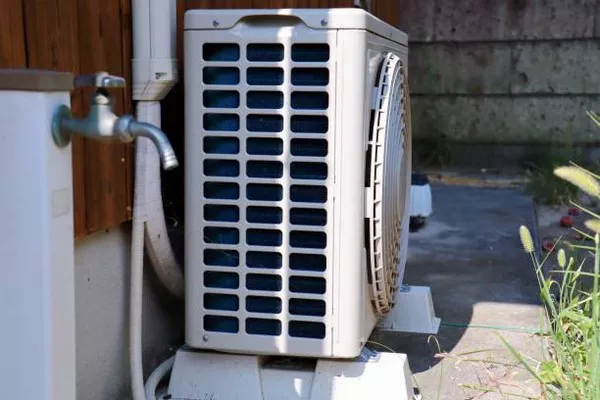In the modern world, refrigeration is an indispensable technology that has transformed the way we store, transport, and preserve perishable goods. From keeping our food fresh to enabling advanced scientific research, refrigeration plays a pivotal role in various sectors. But what exactly is refrigeration, and how does it work? In this comprehensive guide, we delve into the fundamentals of refrigeration technology, its applications, and its impact on our daily lives.
Defining Refrigeration: Cooling Beyond Nature’s Bounds
At its core, refrigeration is the process of removing heat from a space, substance, or system to lower its temperature below the surrounding environment. Unlike natural cooling, which occurs when heat flows from a warmer object to a colder one, refrigeration artificially creates a cooler environment through controlled mechanisms.
Principles of Refrigeration: Heat Transfer and Phases
Refrigeration operates on the principles of heat transfer and phase change. Heat naturally flows from higher temperature areas to lower temperature areas. Refrigeration systems exploit this principle by transferring heat from the space to be cooled to an external environment. This is achieved by utilizing refrigerants – fluids that undergo phase changes from liquid to gas and back again at specific temperatures and pressures.
Components of a Refrigeration System
A typical refrigeration system comprises several essential components, each playing a distinct role in the cooling process:
Compressor: This is the heart of the system, responsible for pressurizing the refrigerant gas, raising its temperature, and propelling it through the system.
Condenser: The hot, high-pressure gas from the compressor enters the condenser, where it releases heat to the surrounding environment. This causes the refrigerant to condense into a high-pressure liquid.
Expansion Valve: This component regulates the flow of the liquid refrigerant, allowing it to expand rapidly and reduce its pressure, temperature, and phase back into a low-pressure gas.
Evaporator: In the evaporator, the low-pressure gas absorbs heat from the space or substance being cooled. This causes the refrigerant to evaporate and return to its gaseous state.
Types of Refrigeration Systems
Refrigeration systems come in various configurations to cater to different needs. Some common types include:
Vapor Compression Refrigeration: This is the most widely used method, found in household refrigerators, commercial freezers, and industrial cooling systems. It employs the principles described above, using a compressor, condenser, expansion valve, and evaporator.
Absorption Refrigeration: This method uses a heat source (often natural gas or waste heat) to drive the refrigeration process. It’s used in applications where electricity is limited or unavailable.
Thermoelectric Refrigeration: Utilizing the Peltier effect, this method relies on the temperature difference between two junctions of dissimilar materials to create a cooling effect. It’s commonly used in small-scale cooling applications.
Applications of Refrigeration
Refrigeration technology finds its way into numerous sectors, shaping the way we live and work:
Food Preservation: From home refrigerators to massive cold storage warehouses, refrigeration keeps perishable goods fresh, extends shelf life, and prevents spoilage.
Food and Beverage Industry: Restaurants, supermarkets, and food production facilities rely on refrigeration for storing, chilling, and freezing food items.
Medical and Pharmaceutical Industry: Laboratories, hospitals, and pharmaceutical companies use refrigeration to store drugs, vaccines, and biological samples at controlled temperatures.
Climate Control: Air conditioning systems utilize refrigeration to cool and dehumidify indoor spaces, ensuring comfort during hot weather.
Manufacturing: Industries such as chemicals, plastics, and electronics require precise temperature control during production processes, achievable through refrigeration.
Transportation: Refrigerated trucks, containers, and trains ensure the safe transport of temperature-sensitive goods across long distances.
Environmental Considerations and Energy Efficiency
While refrigeration has brought immense benefits, it also raises environmental concerns due to the use of refrigerants. Some older refrigerants, known as chlorofluorocarbons (CFCs), have been phased out due to their ozone-depleting properties. However, newer refrigerants, such as hydrofluorocarbons (HFCs), contribute to greenhouse gas emissions. Efforts are ongoing to develop more eco-friendly alternatives and improve the energy efficiency of refrigeration systems.
Conclusion: The Chilling Impact of Refrigeration
Refrigeration is a cornerstone of modern living, profoundly impacting multiple facets of our lives. From maintaining the freshness of our groceries to supporting critical scientific research, its significance cannot be overstated. With a deep understanding of the principles, components, and applications of refrigeration, we are equipped to appreciate its role in shaping our world and strive towards more sustainable and efficient cooling technologies.

